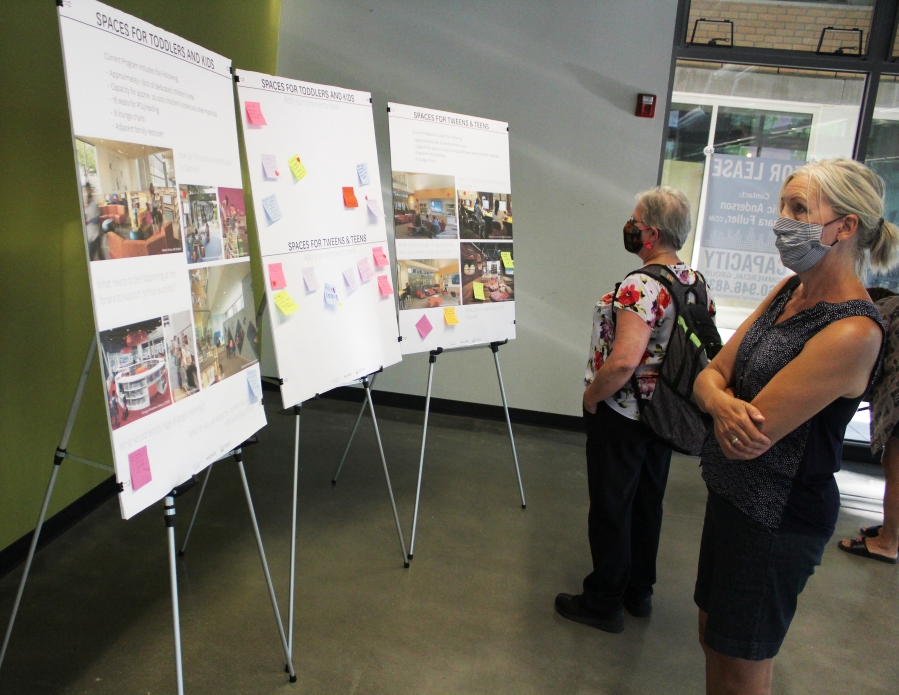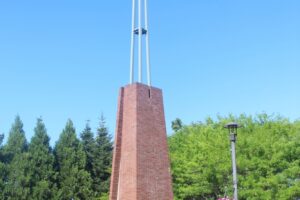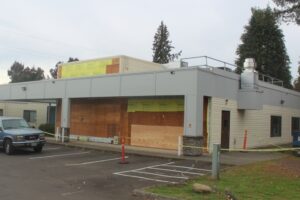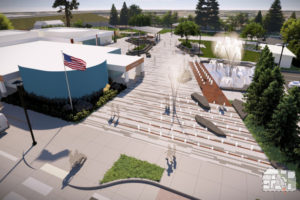By the end of the day on Thursday, July 29, the informational sign boards that lined the interior of the Washougal Town Square were covered with a variety of brightly-colored Post-it notes containing a variety of handwritten comments about what local residents would like to see in Washougal’s future library.
That kind of input is just what Fort Vancouver Regional Library (FVRL) leaders hoped to receive from the three public meetings they held to solicit feedback about their plans for the new facility, which they hope can be designed and built over the course of the next several years.
“It was a great day. It went really well,” FVRL executive director Amelia Shelley said after the final meeting. “We had a nice number of people come out from all parts of the community and got a lot of great ideas.”
Four employees from Hacker Architects, the Portland-based firm that FVRL selected in May to lead the conceptual and schematic design process of the new facility, delivered a presentation, then solicited questions and input from the attendees, who enthusiastically delivered their comments and observations via the sticky notes.
“There was a great mix (of participants),” Washougal Community Library manager Rachael Ries said. “There were several city council members at the first (morning) session, and in the afternoon sessions we had some really active parents show up with their kids. We got input from all the different demographics that we were hoping to hear from.”




